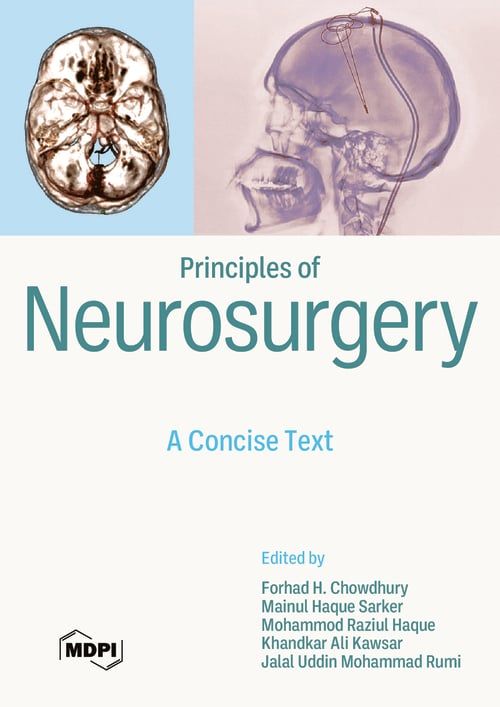Degenerative Spinal Disease
Degenerative spinal disease is the commonest spinal problem dealt with by a neurosurgeon. Degenerative spine disease takes up significant working hours for neurosurgeons throughout the world. It is a progressive deterioration of the elements of the spinal cord and includes disc abnormality, facet joint abnormality, osteophytes spondylolisthesis, spondylolysis, ligamentum flavum hypertrophy, etc. All the aforementioned conditions can result in spinal canal stenosis, which can lead to neural compression and can produce compression on the cord or root and lead to myelopathy, radiculopathy, myeloradiculopathy, and cauda equina syndrome. Most of the time, MRI, CT, and X-ray of the spine are enough for diagnosing these conditions. Surgical intervention is needed when there is myelopathy, radiculopathy, or instability. This chapter will briefly discuss the management of disc prolapses (lumbar, cervical, and dorsal); degenerative spinal canal stenosis (spondylosis with myelopathy and radiculopathy); spondylolisthesis; ossified posterior longitudinal ligaments; and ligamentum flavum hypertrophy. It will also discuss degenerative diseases of the craniovertebral junction with instability and myelopathy (atlantoaxial dislocation and atlanto-occipital dislocation).
